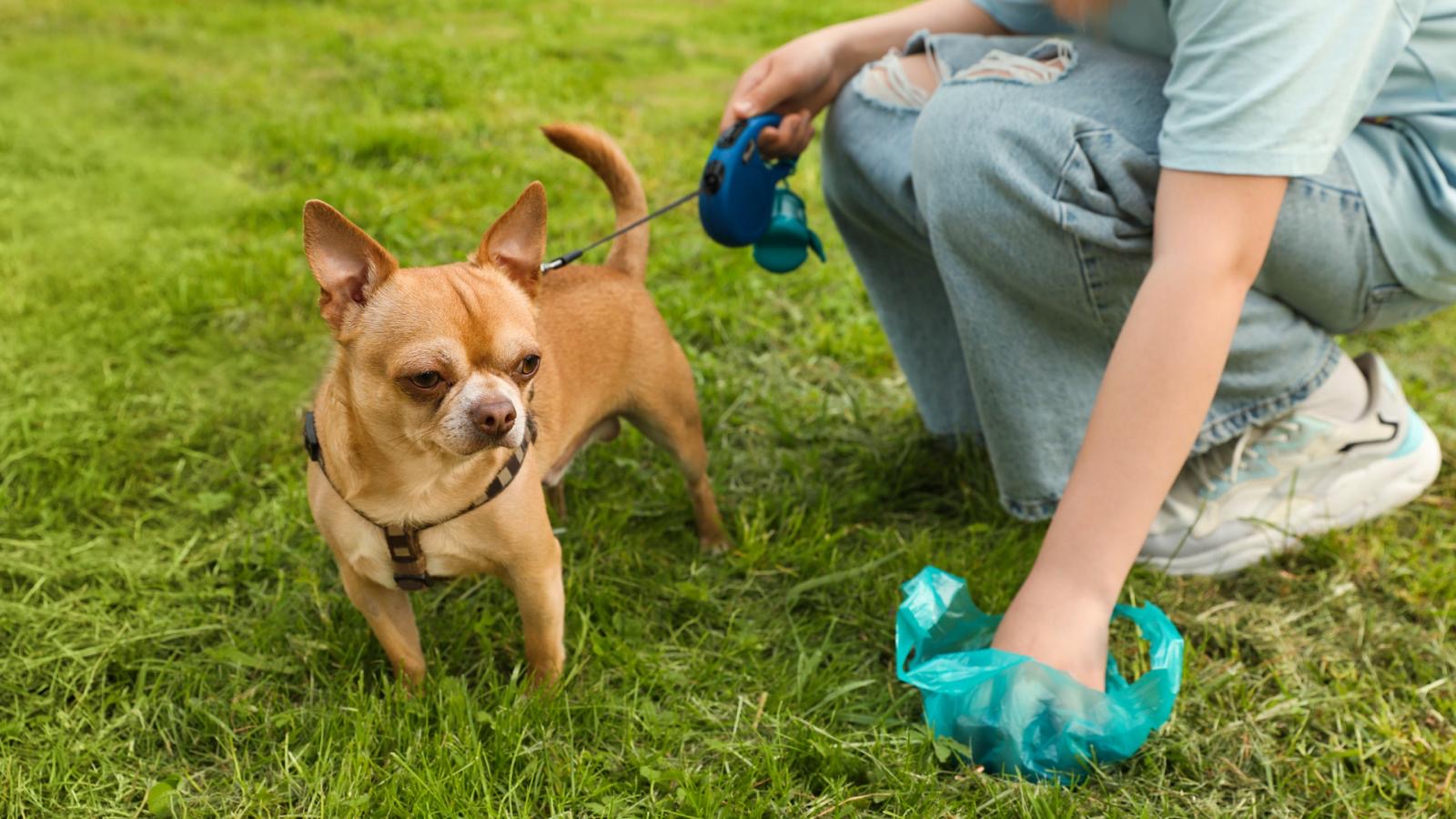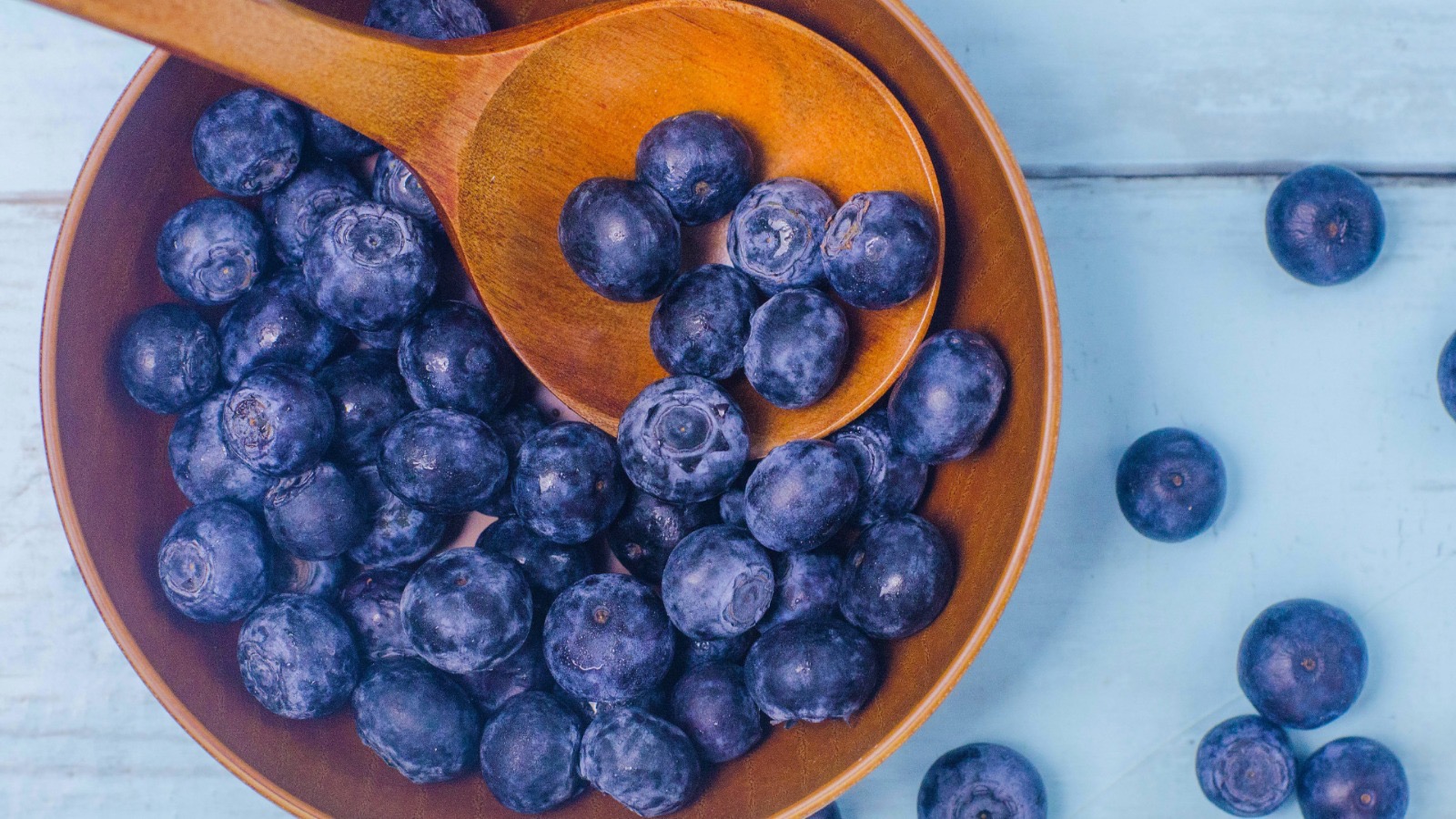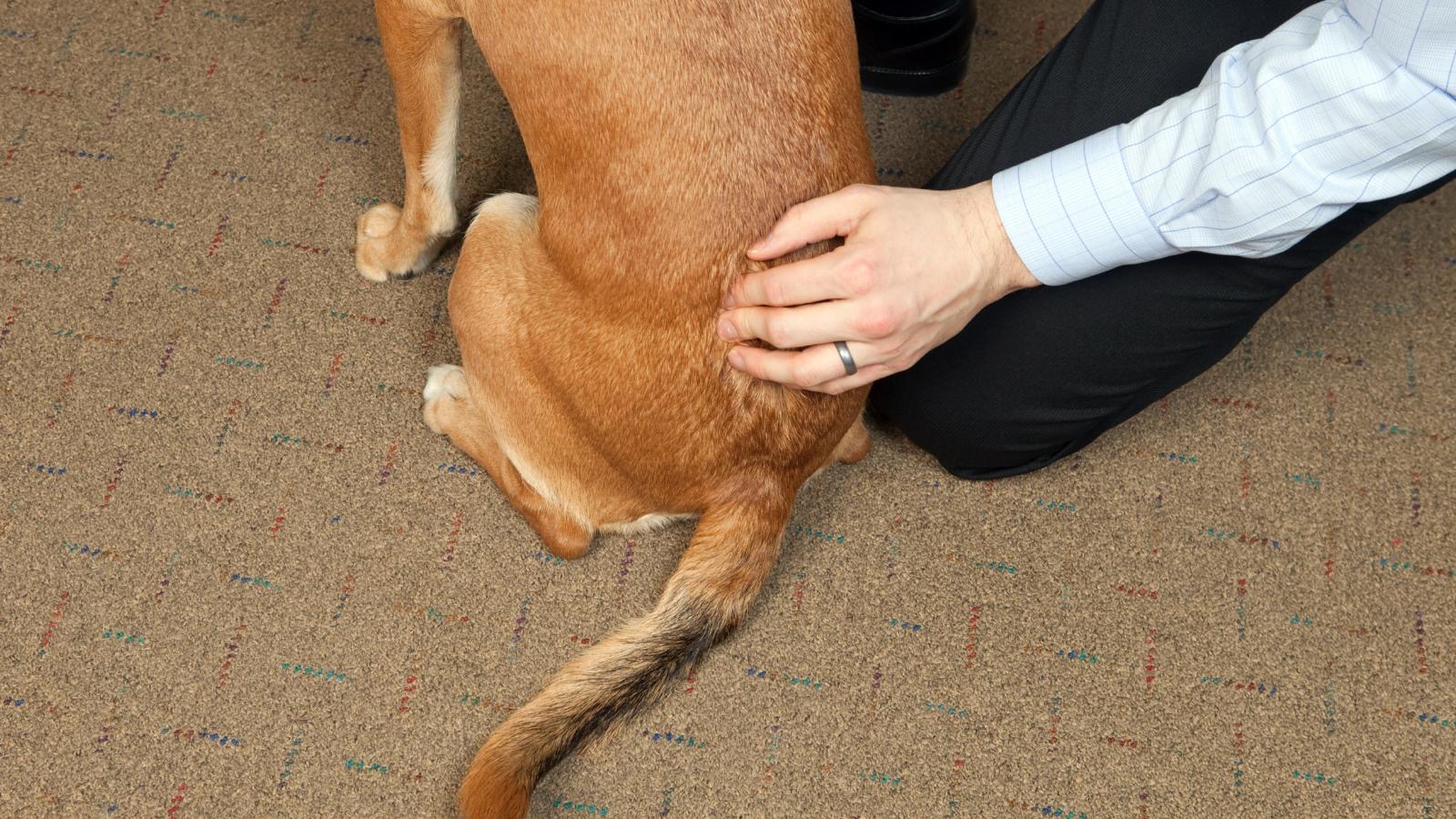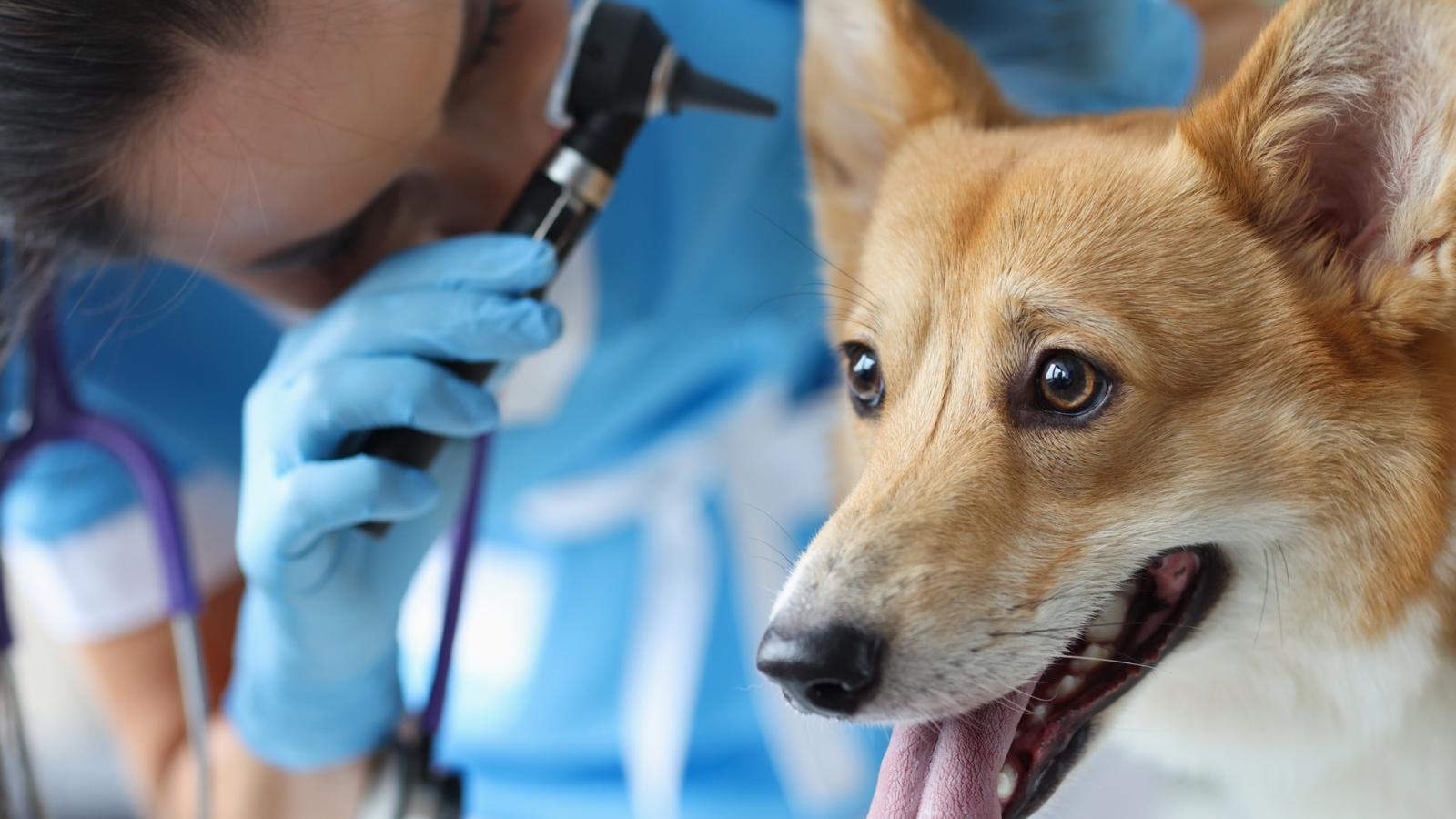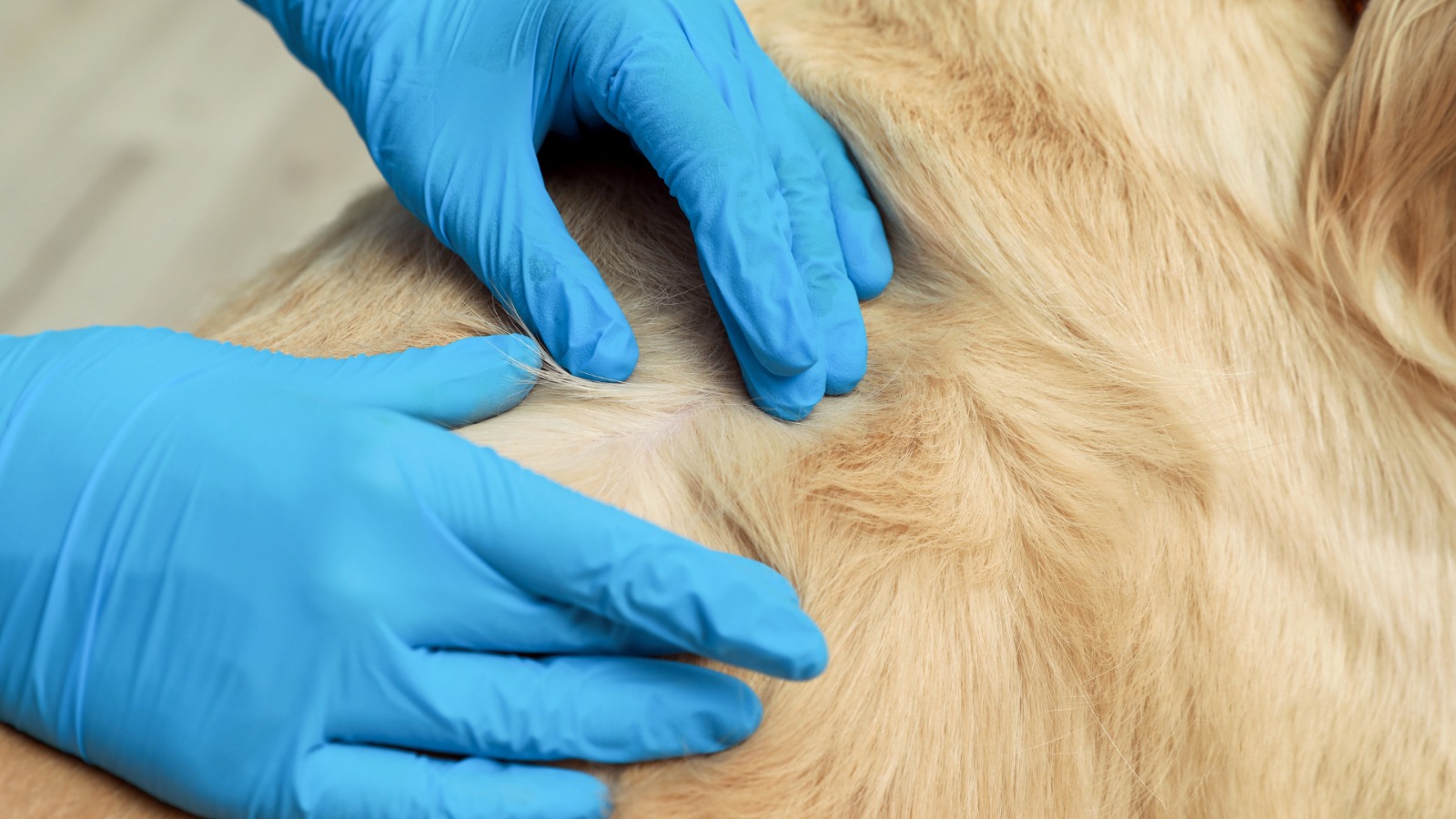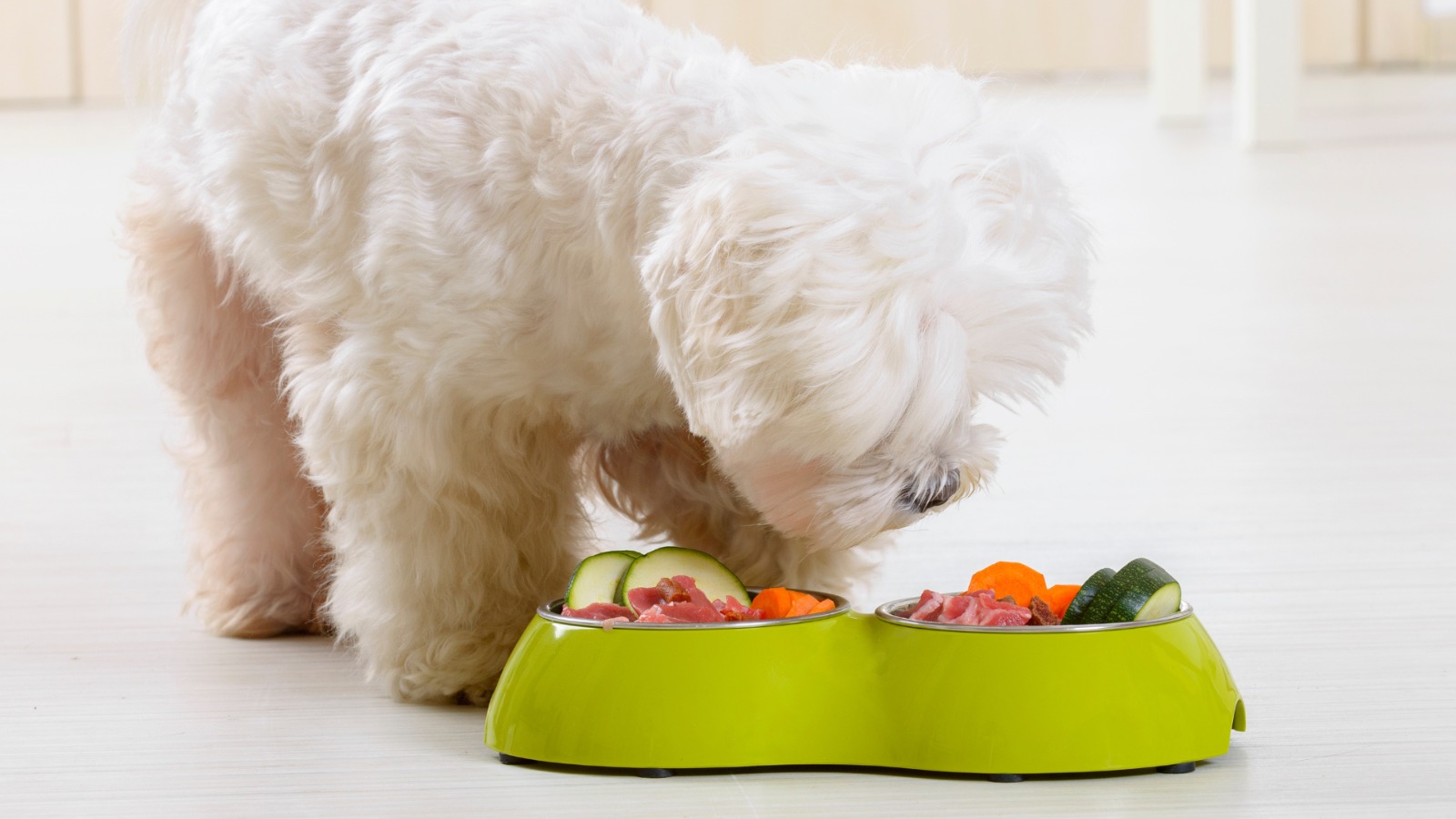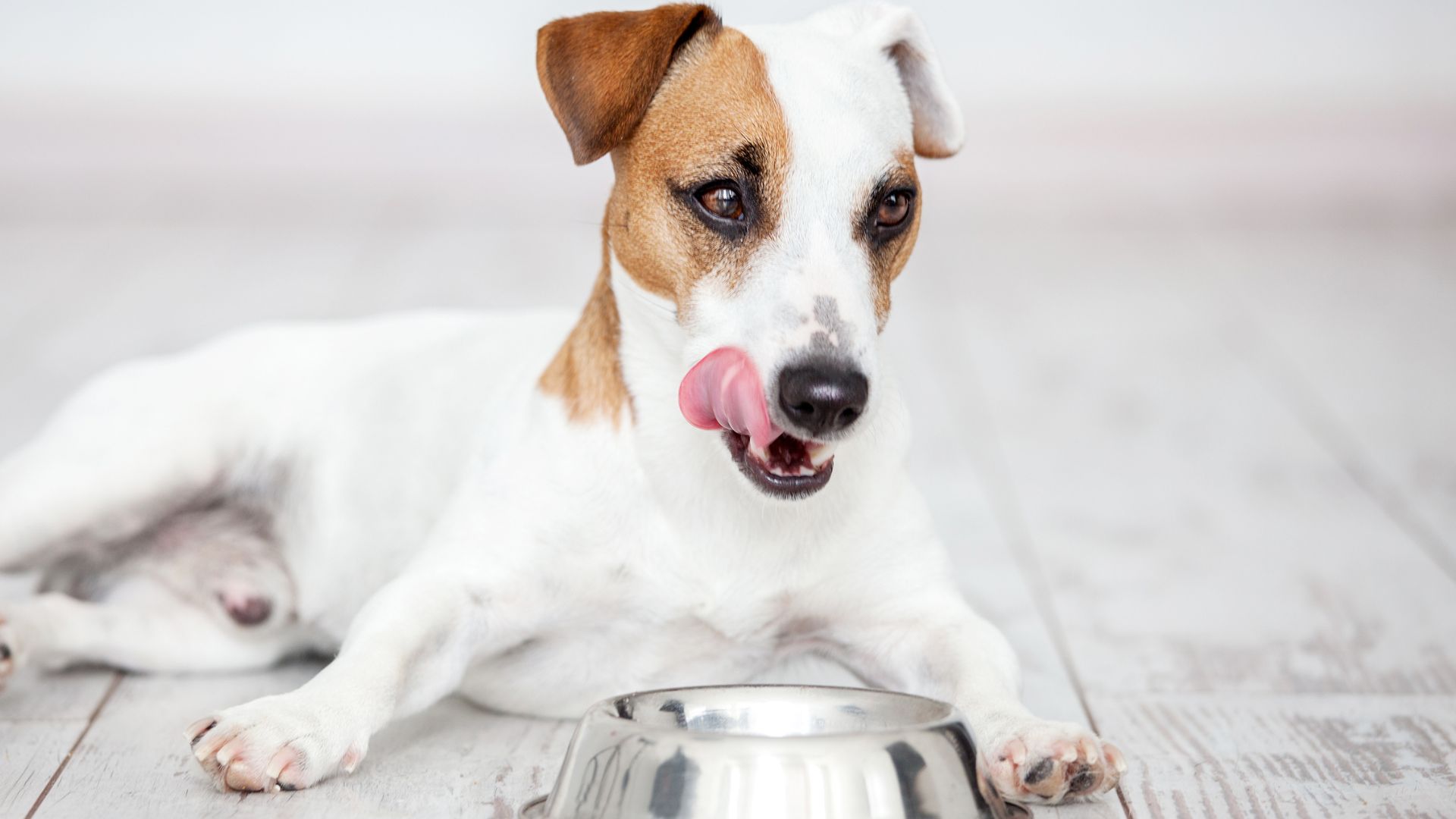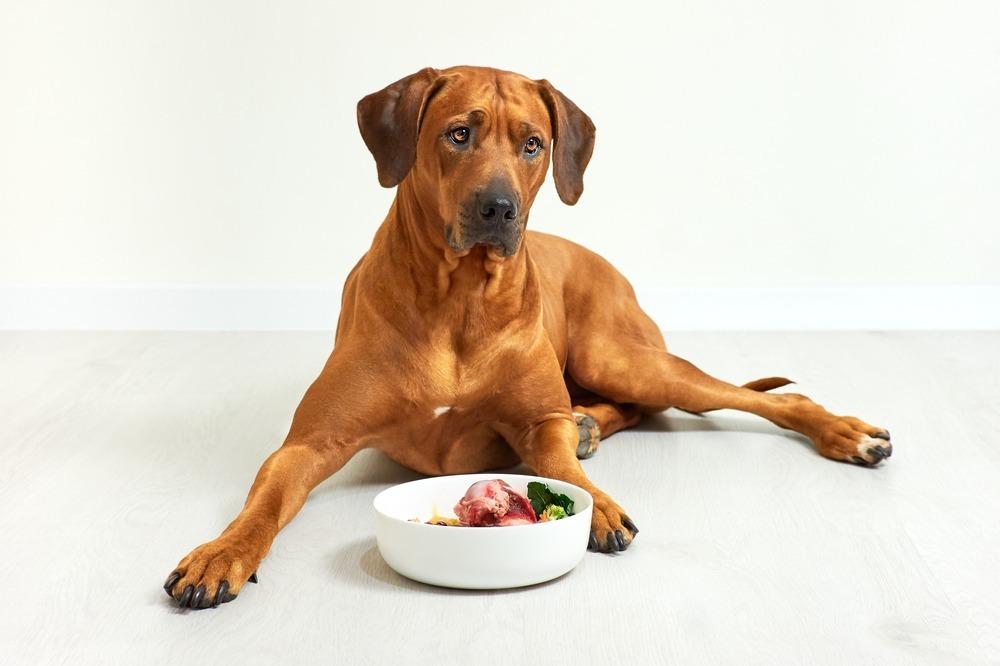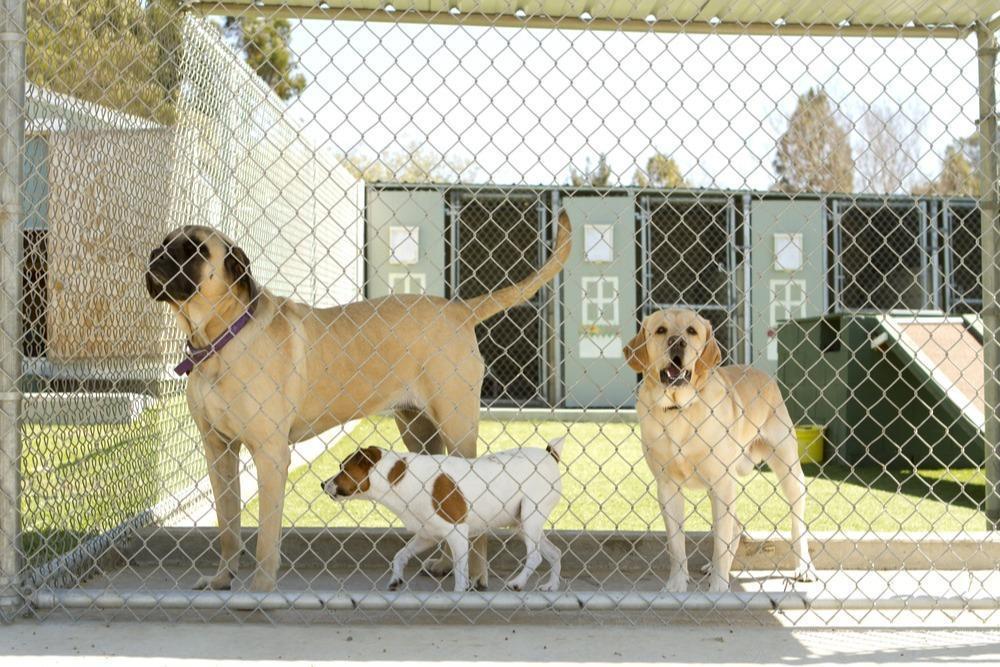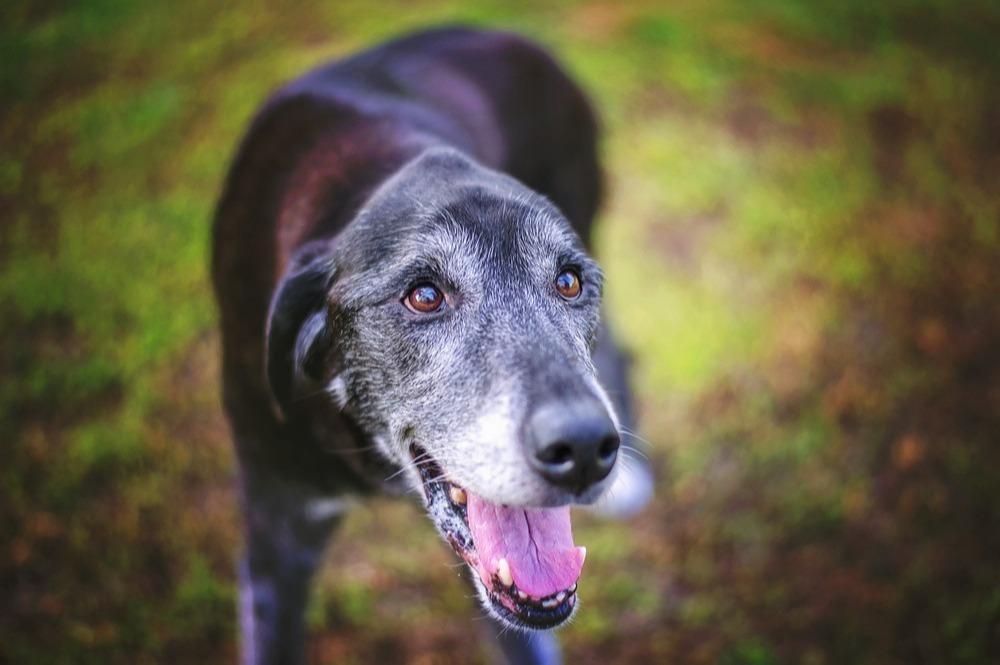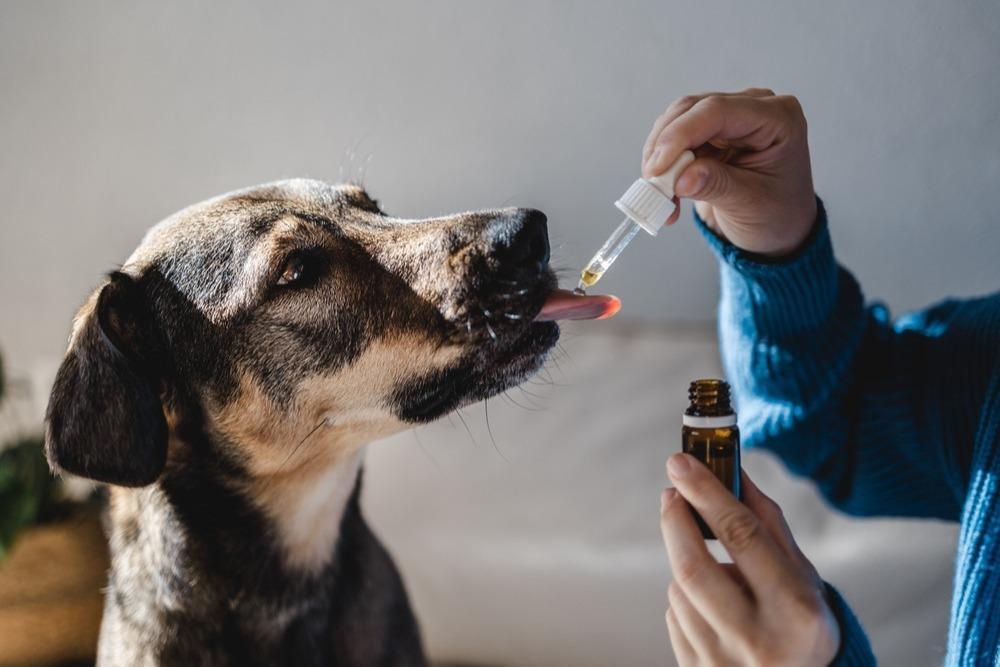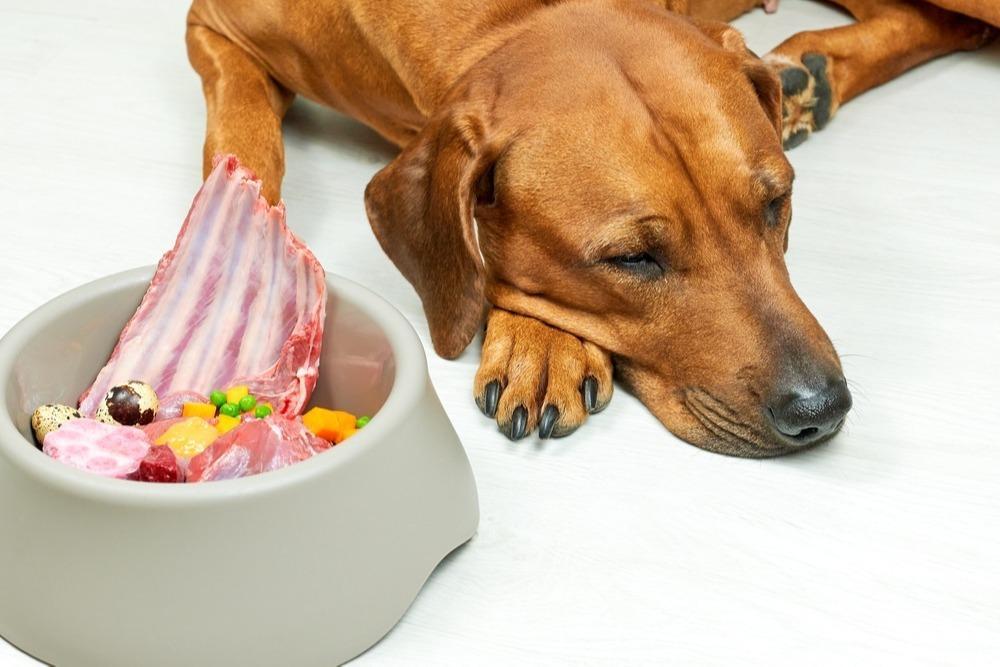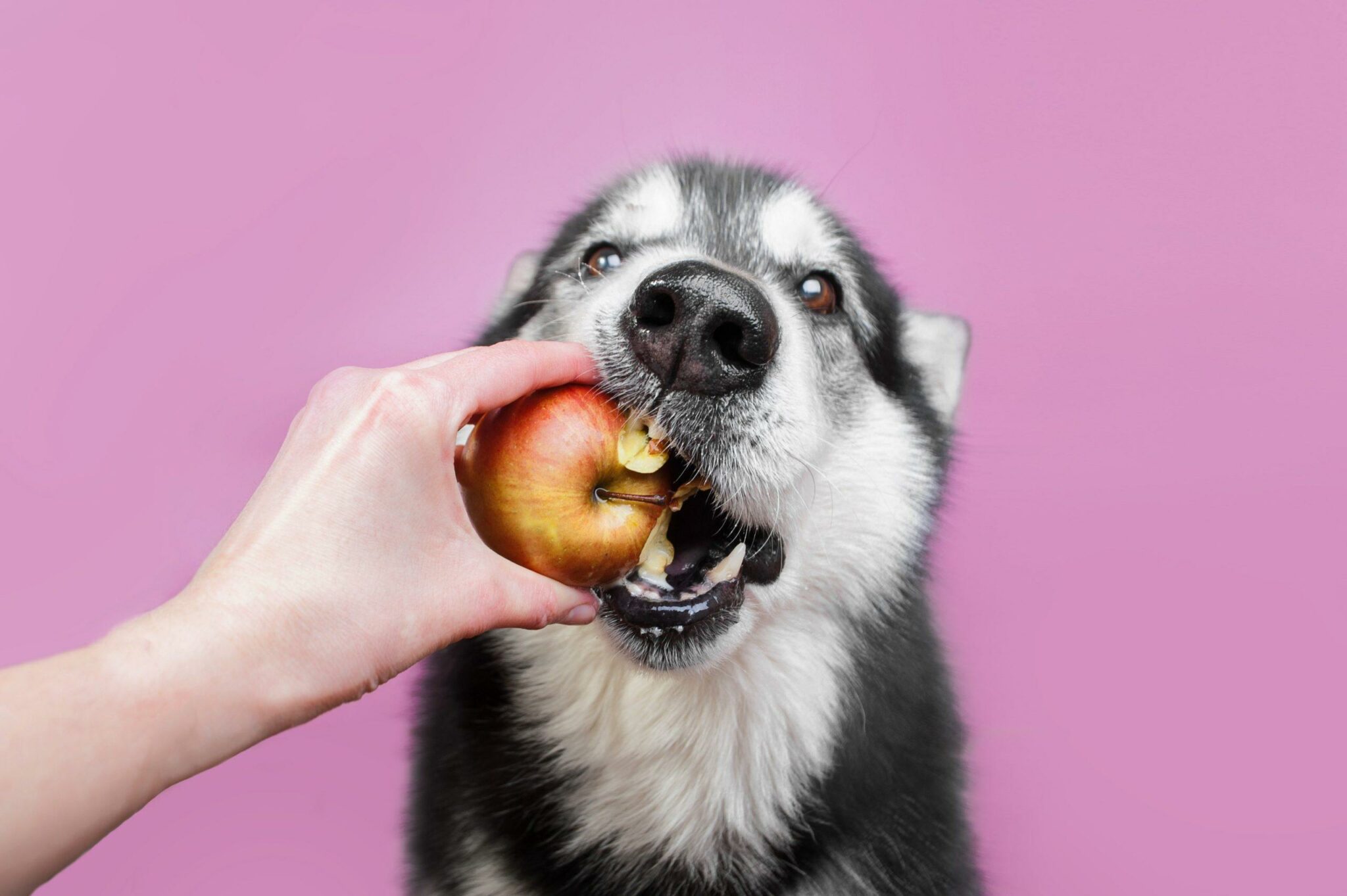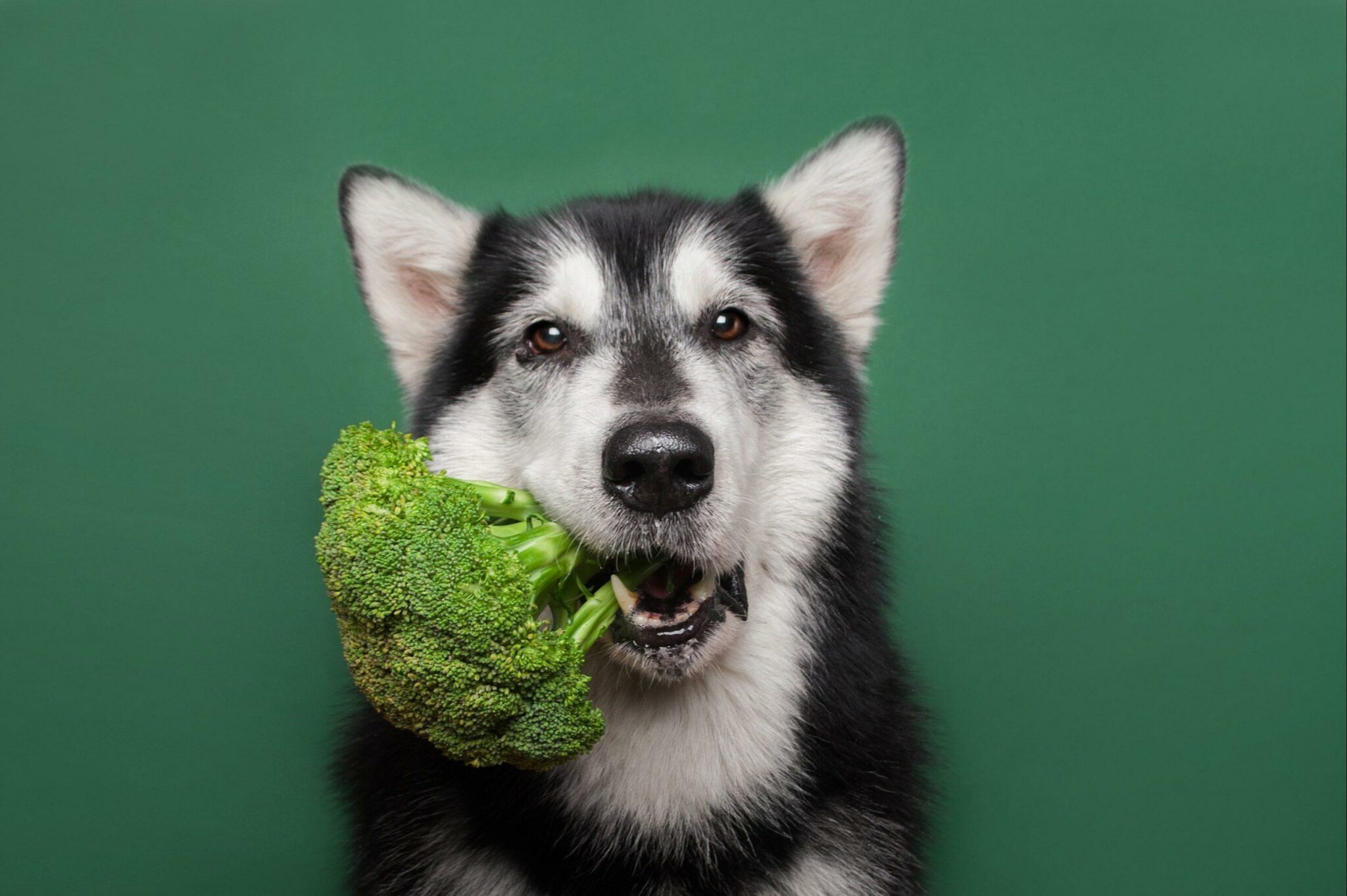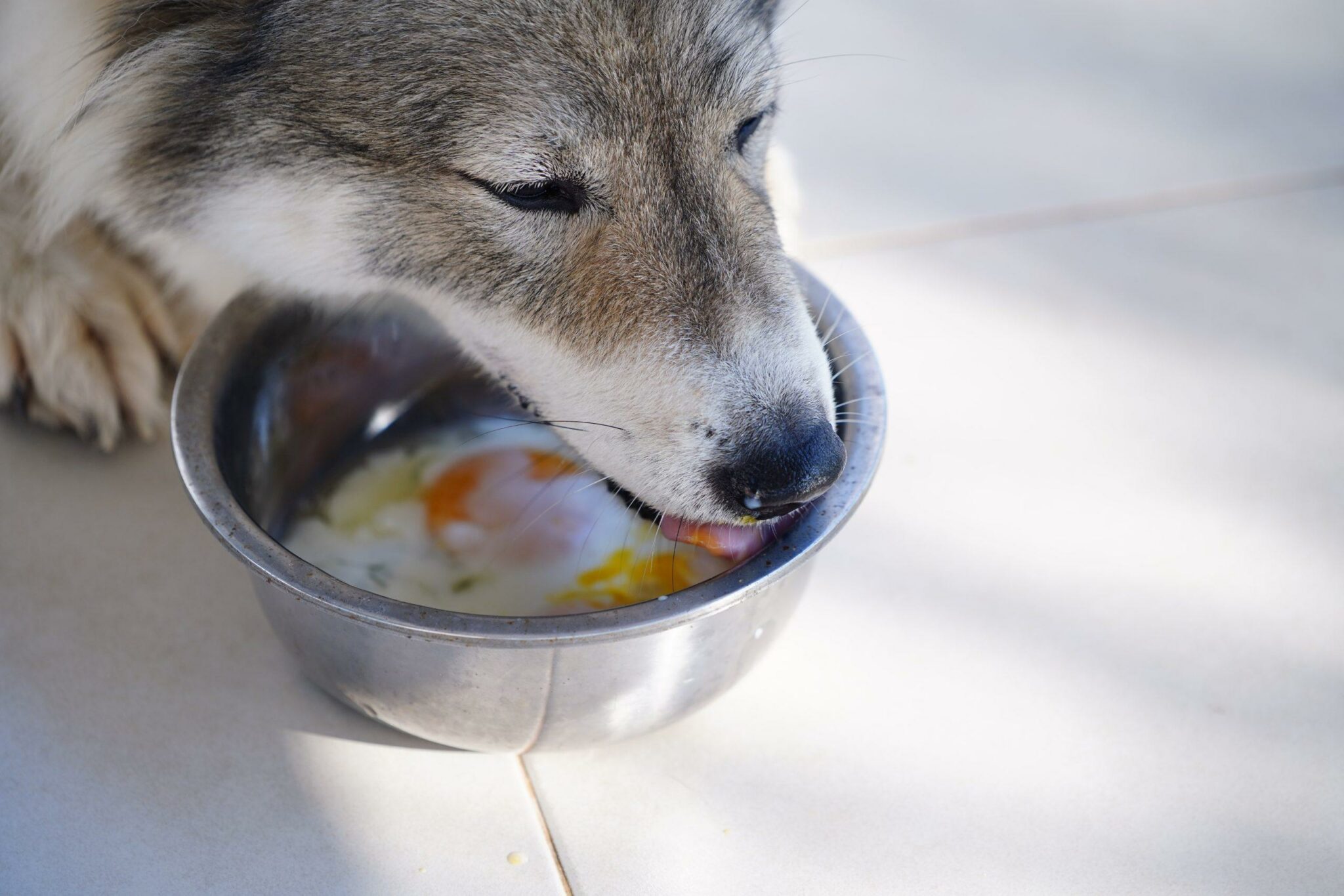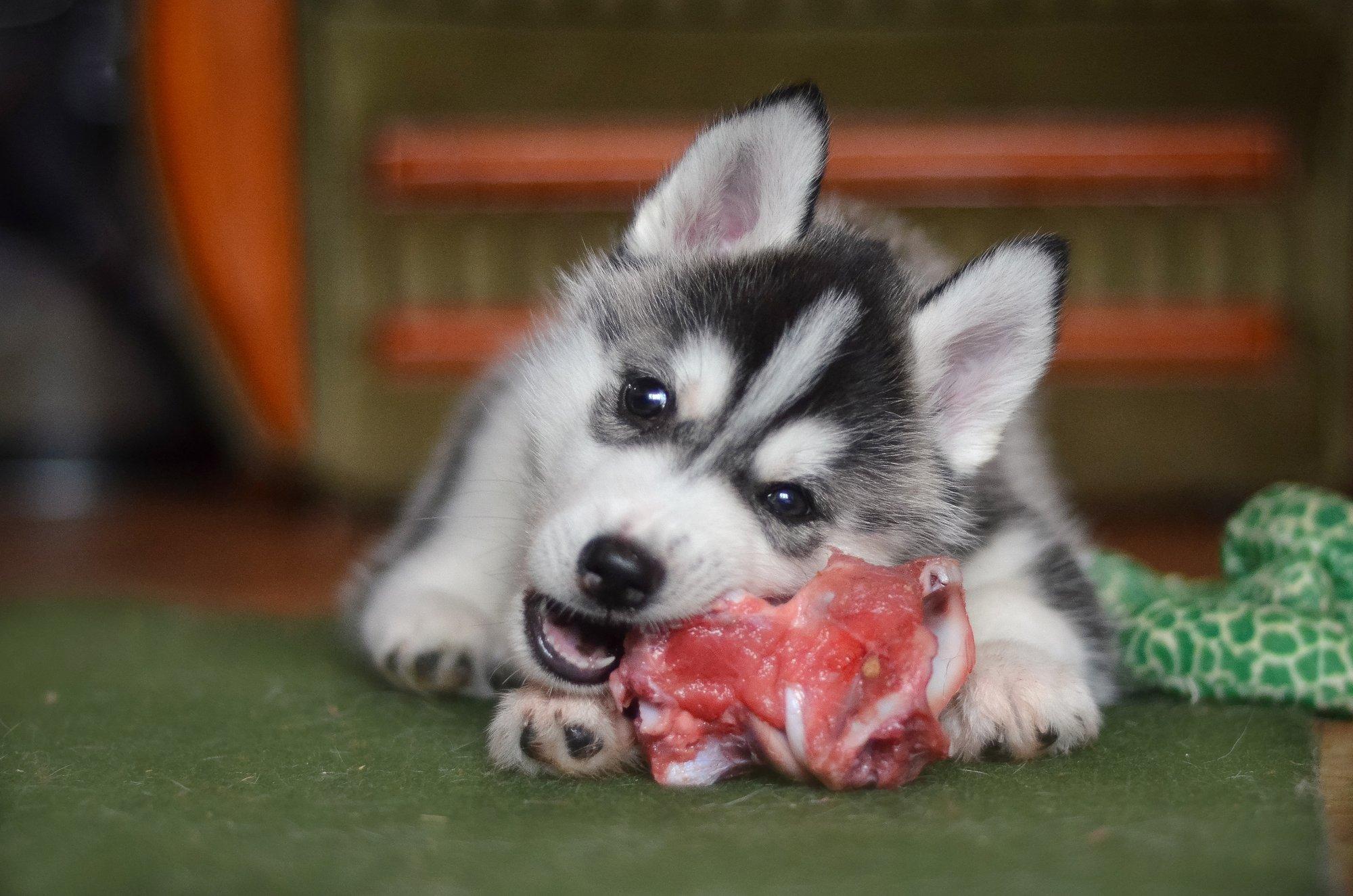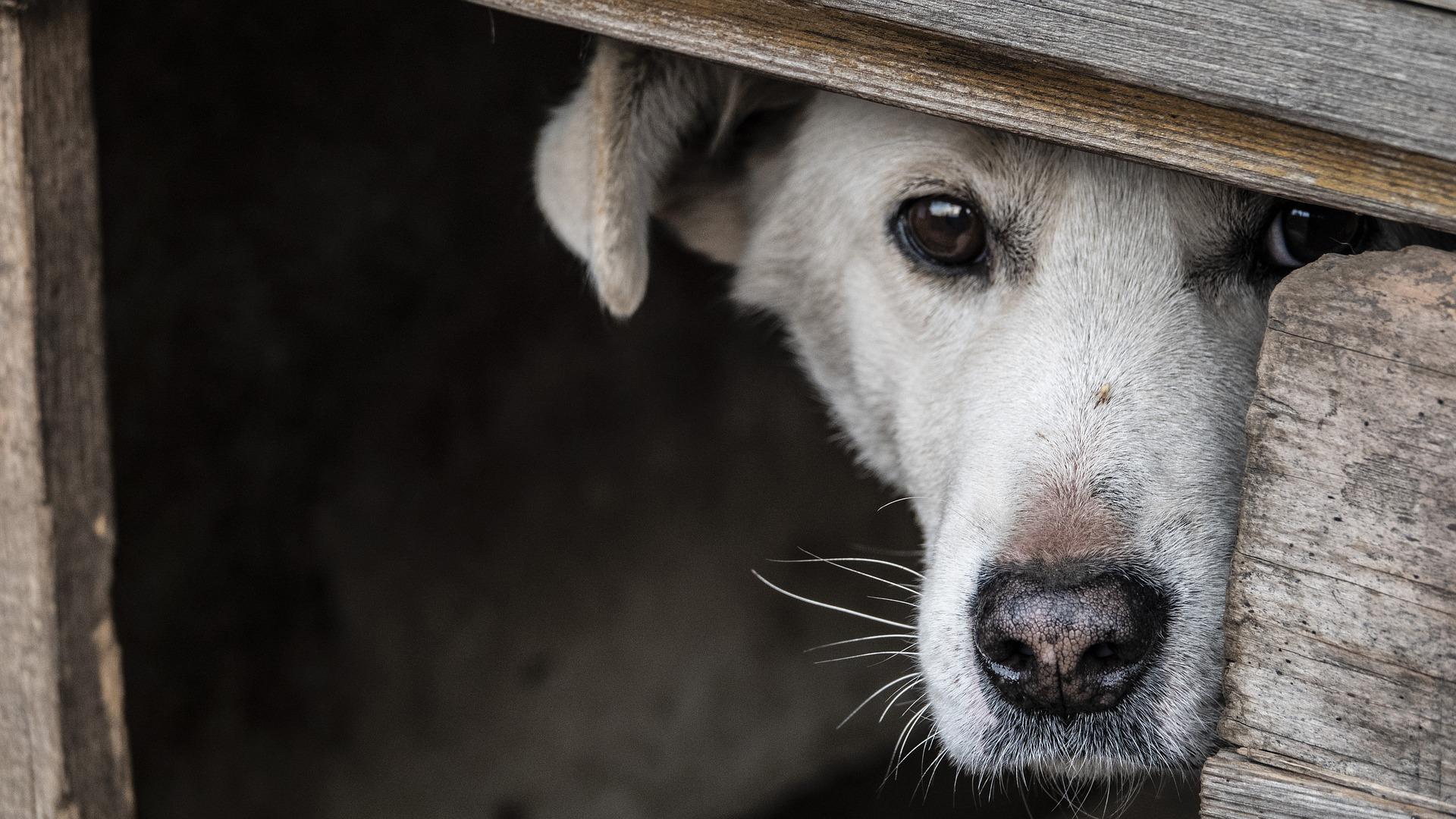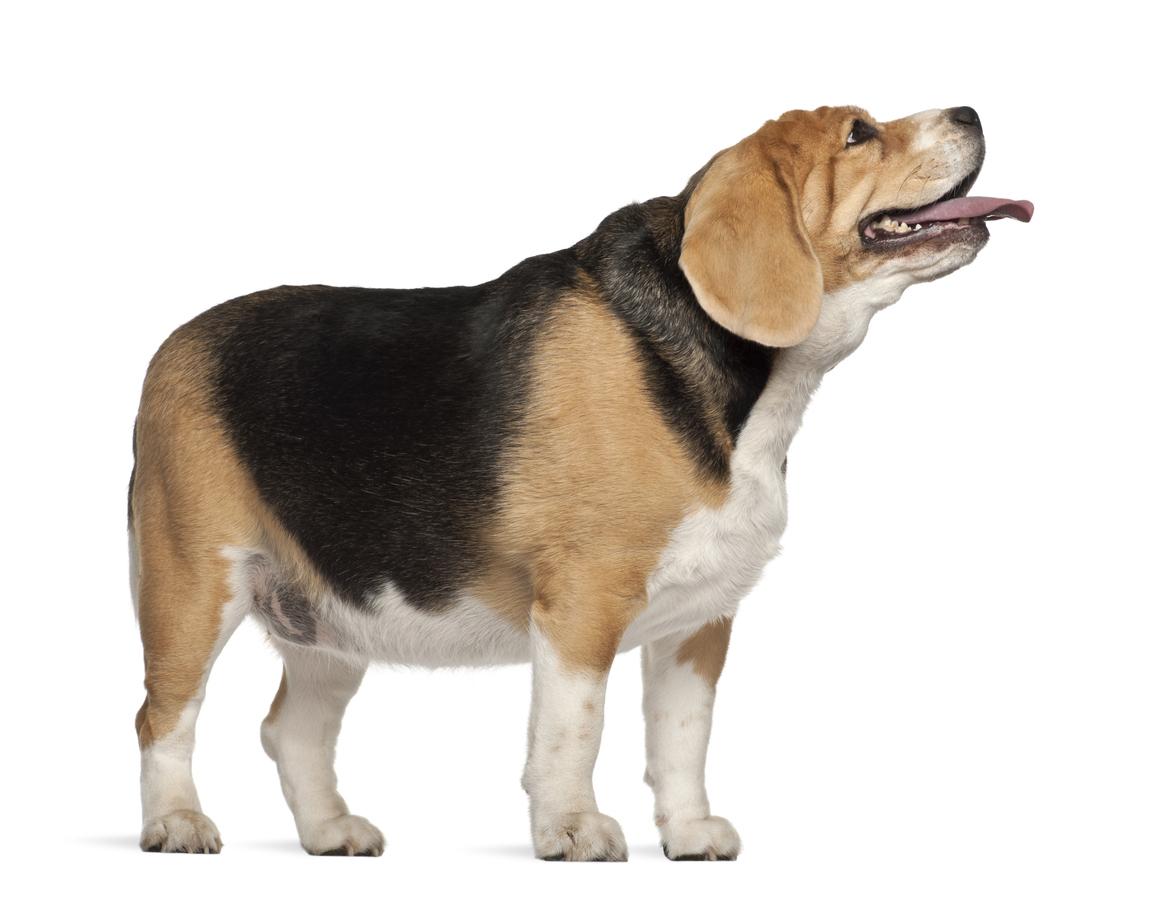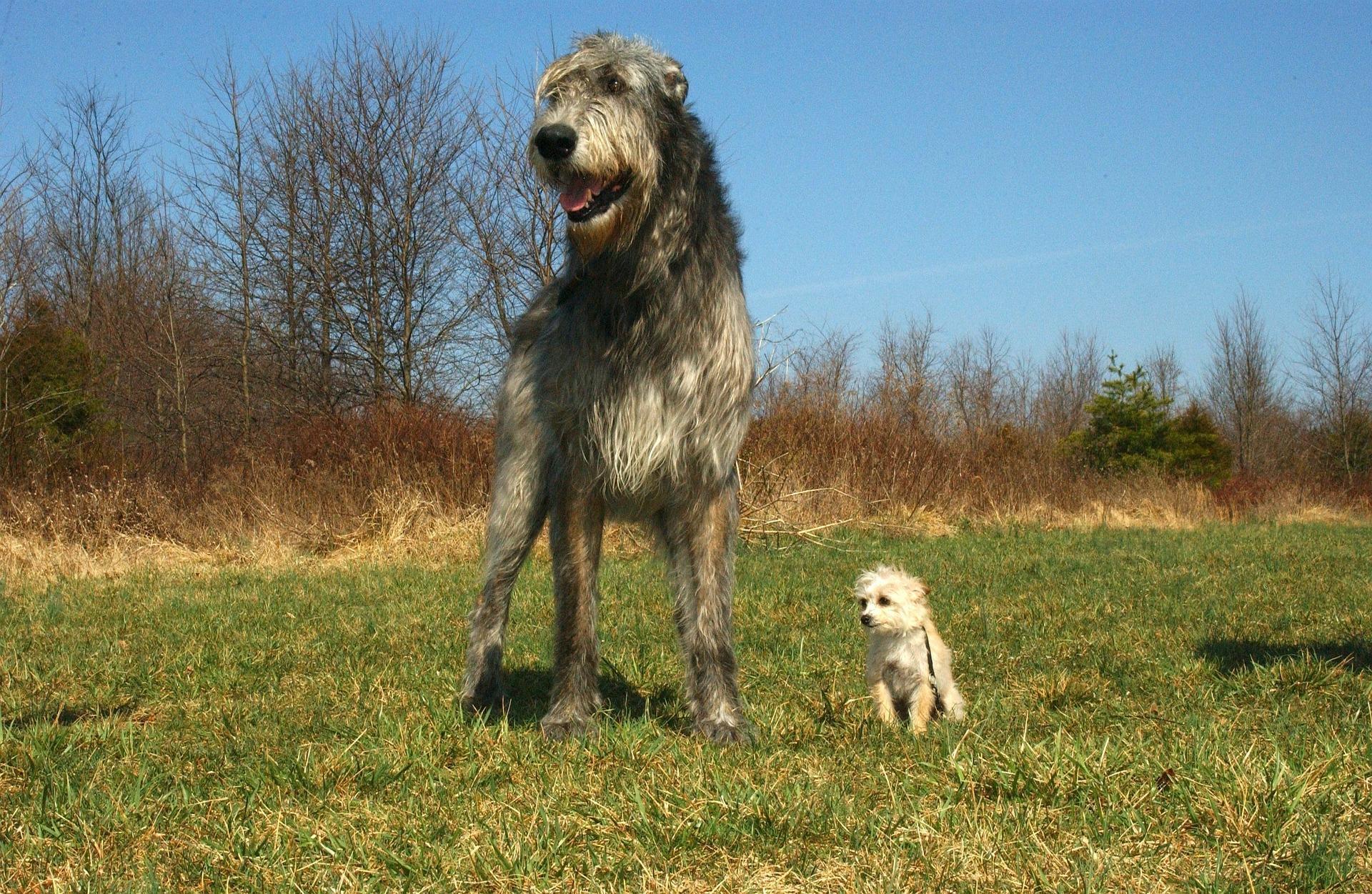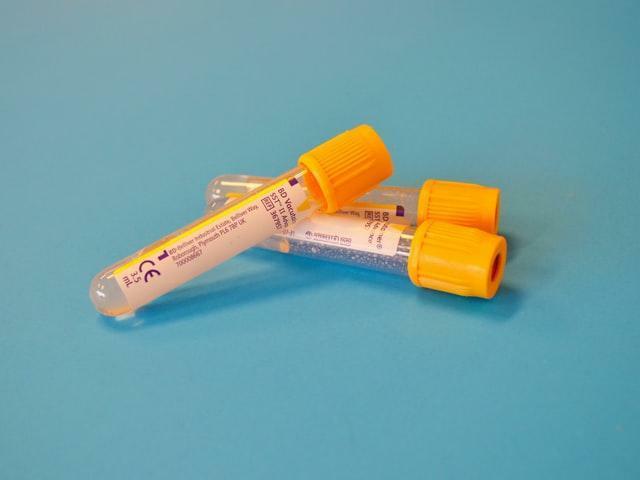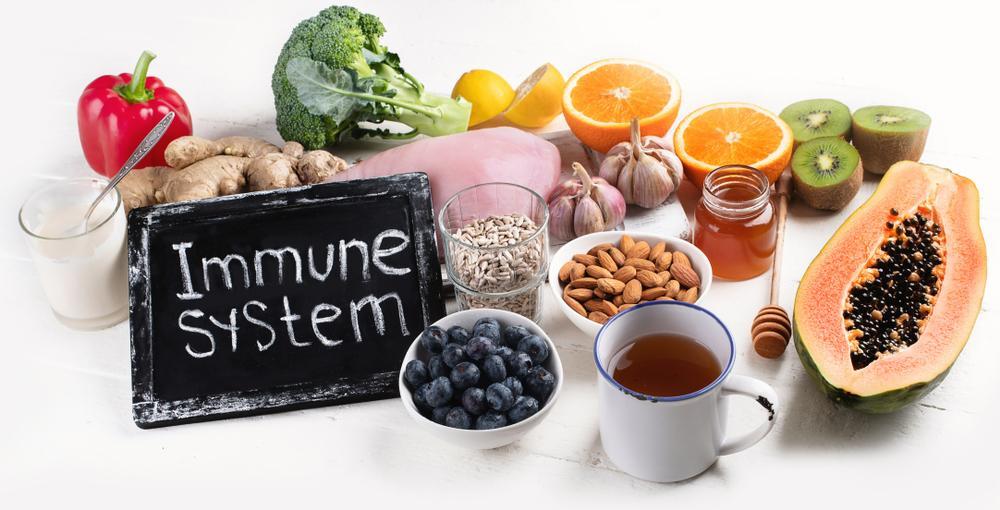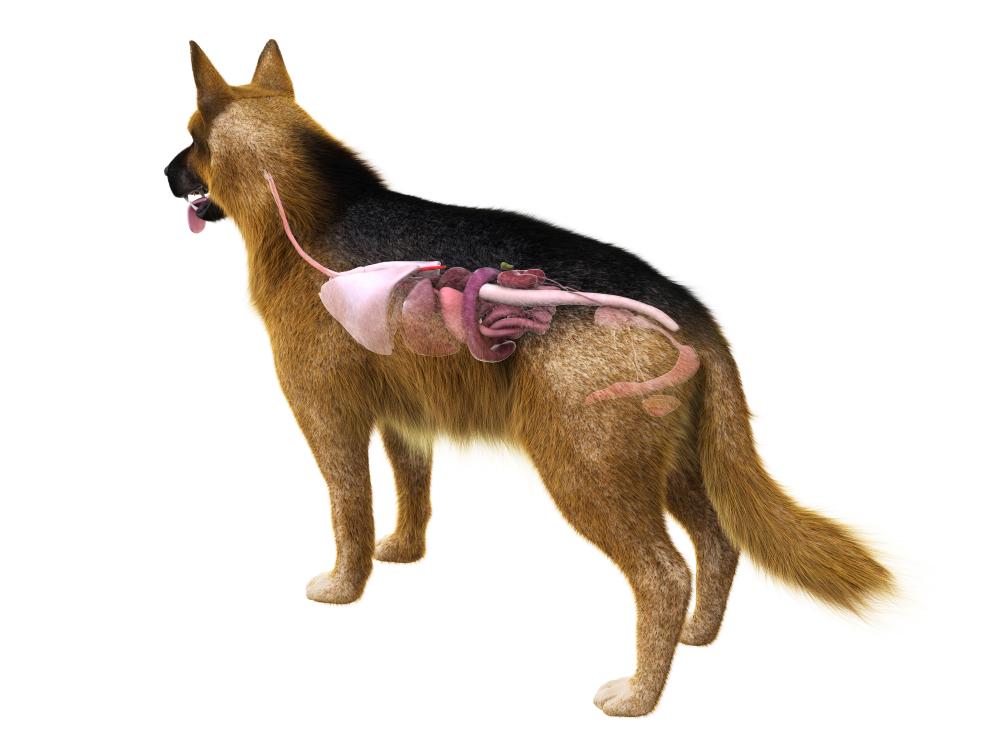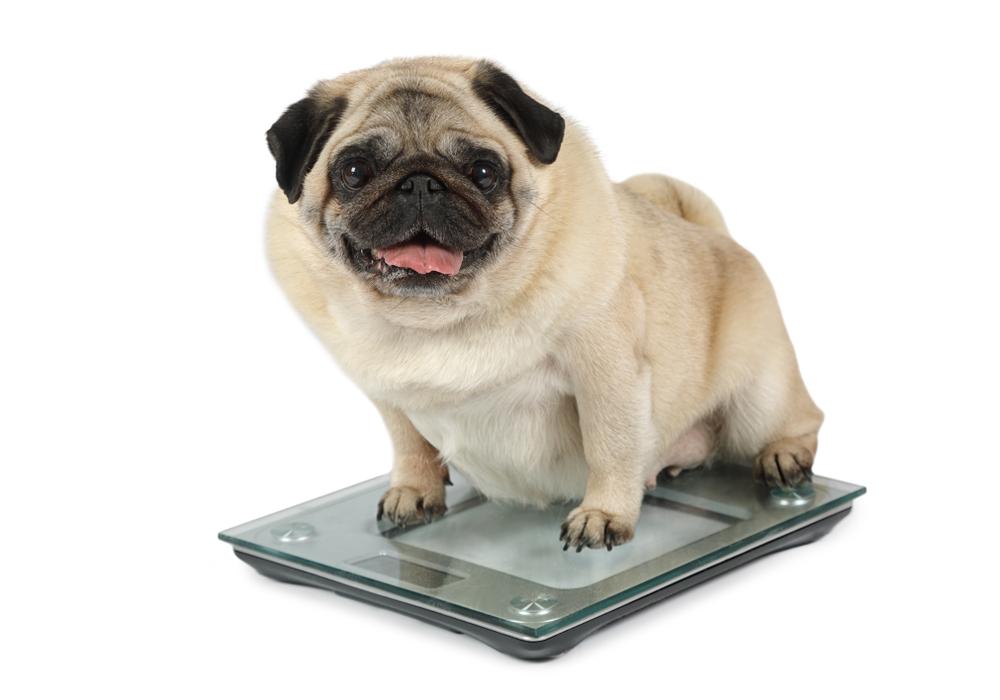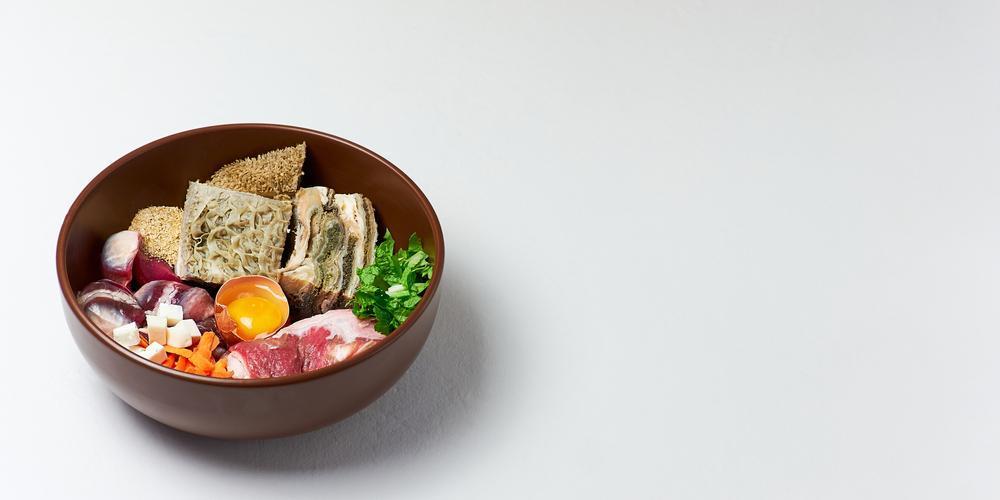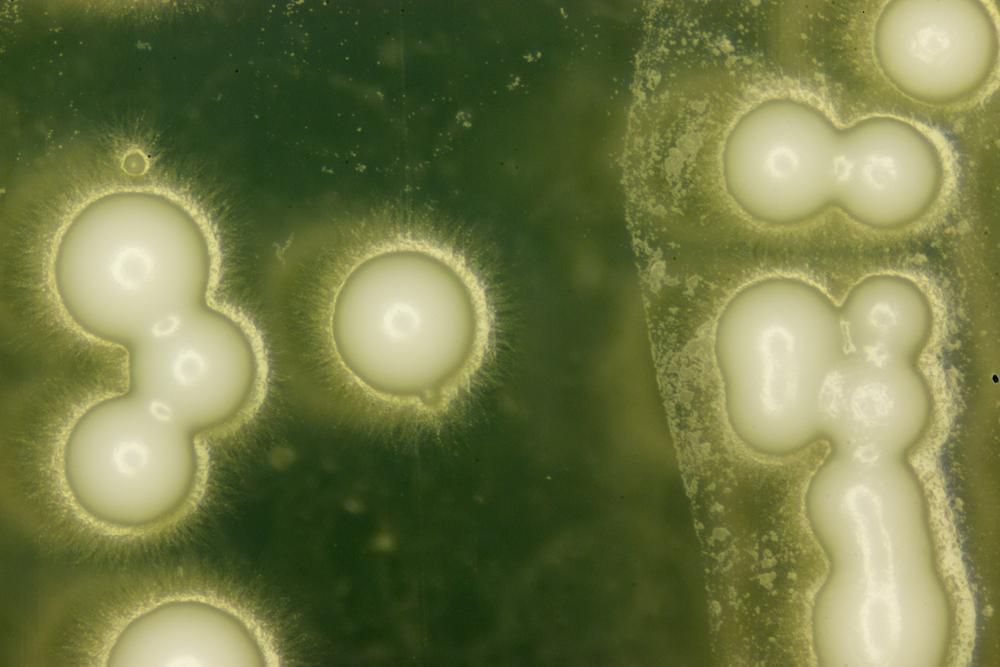What You Need To Know About The Dog’s Digestive System
Here at
My Pet Nutritionist, most issues that we are faced with involve the need for some form of gut healing.
And so, we thought we’d pop a handy guide together, to explain the function of the digestive system, and how it all works.
We like to think of it as a journey that food goes on, so, pop on your seatbelt, and come along for the ride.
Gut Healt
Gut health relates to the whole of the digestive tract, which officially starts in the mouth and ends with, surprisingly, the rear end, or more biologically accurate, the rectum and anus.
In humans, digestion begins in the mouth. We physically break down food with our teeth, and salivary enzymes get to work.
This is slightly different in the dog. The structure of their teeth means they are equipped for ripping and tearing, and then swallowing larger chunks of foods, whereas us humans have flat surface teeth made for grinding. A dog’s saliva also has a different composition to humans. Studies have demonstrated 2,532 different proteins between human and canine saliva. Canine saliva plays more of a role in protecting against inflammation and functioning as an anti-microbial. Dogs also have lower amounts of amylase than humans and there appears to be no, or very little, salivary amylase present in canine saliva. It is regularly concluded that because a dog is carnivorous, amylase activity in the species is not as dominant.
Findings here
For this reason, digestion in the dog really starts in the stomach.
As food travels down the food pipe (oesophagus), it passes through the lower oesophageal sphincter. These sphincters are important, as they keep parts of the digestive system separate; if they don’t shut or open properly,there may be complaints like acid reflux.
The stomach is like a washing machine; it physically churns food around, but it also releases enzymes, acid, and hormones to break it down into a usable form.
An enzyme is a protein that speeds up chemical reactions in the body. Digestive enzymes speed up chemical reactions that break down food molecules into something that can be used by the body.
Pepsin is an enzyme released in the stomach, from what we call chief cells. It serves to digest protein.
The stomach also releases hydrochloric acid, more commonly known as stomach acid from the parietal cells. This highly acid environment causes proteins to lose their characteristic folded structure which exposes the bonds of the protein. Pepsin (having been activated by the stomach acid) can then get to work on these bonds. Stomach acid also inhibits the growth of many microorganisms which is helpful to prevent infection.
Digestive hormones are also made in the stomach (and small intestine, but we’ll get there later). The two G’s are released in the stomach, being
gastrin and
ghrelin. Gastrin stimulates the release of stomach acid when it senses the stomach has been stretched.
Ghrelin on the other hand, also produced in the stomach tells the brain that the body needs to be fed; it increases appetite.
In the stomach, food is turn into a substance known as chyme, and this moves to the small intestine.
The small intestine is full of tiny, carpet like projections called villi and microvilli, which increases the surface area of the organ. These projections allow for nutrient absorption. In short, they allow whatever is in the small intestine to reach circulation.
The pancreas feeds into the small intestine and is like the factory of the digestive system; producing enzymes and hormones to further digest the chyme.
The pancreas produces:
- Lipase – think lipid, breaks down fat.
- Protease – think protein, breaks down protein.
- Amylase – helps to break down starch.
It also produces a range of hormones:
- Insulin – promotes the absorption of glucose from the blood into the liver, fat and skeletal muscle cells,
- Glucagon – the messenger which tells the liver to release stored sugar,
- Gastrin and amylin – whilst most of the G is release in the stomach, some is made in the pancreas too. Amylin helps control appetite and stomach emptying.
To further assist with digestion, bile acids are made by the liver, and stored in the gallbladder. Bile is secreted into the small intestine and helps with fat digestion and absorption. To this end, they are also important for the digestion and metabolism of fat-soluble vitamins.
As we move through the small intestine, we hit another gateway known as the ileocecal valve. This gateway acts like a watchdog. If it notices under-digested food coming through, it hits what we know as the ileal brake, halting the movement of the upper gut movements. This is a crucial feedback system for nutrient absorption in the small intestine.
There is a link between this mechanism and peptideYY, which is produced in the last part of the small intestine known as the ileum. This hormone inhibits intestinal transit (for better absorption of nutrients) and has been associated with higher-fat levels,which is why fat in the diet is associated with higher levels of satiety.
Findings here
And then we are into the large intestine.
The large intestine is responsible for four main things:
Hydration
The large intestine reabsorbs fluid and electrolytes. Here the contents from the gut turn from liquid to solid (that runny poop – hasn’t spend enough time in the large intestine for some reason).
The Microbiome
Here resides the microbiome. That community of microbes that is gaining a lot of attention, for good reason. There are microbes found throughout the GI tract, but the majority of them are found here. These guys can make vitamins, amino acids (building blocks of protein), hormones and chemical messengers. They train the immune system, strengthen the gut barrier, communicate with other vital organs including the brain, prevent invasion from the bad bugs, influence gut movement and function and love eating fibre!
Nutrient Absorption
Whilst most of this occurs in the small intestine, thanks to the
microbiome, this also occurs in the large intestine.
Waste Compactor
The end of the large intestine, the rectum stores and compacts the waste produced by the body, like the parts of dead red blood cells that make the poop brown! But the colour of poop can also depend on intestinal secretions and the smell largely depends on bacteria. (Although if there is a particularly foul smell, then it’s always best to check nothing sinister is going on).
The gut can function independently of the brain, meaning that it doesn’t need to be told what to do but equally why it loses much of its function during times of stress and when resources are redirected away from it.
Several programmed movements are responsible for the transport of food between the different parts of the digestive system.
Peristalsis is a series of wave-like muscle contractions that move food through the digestive tract.
The migrating motor complex typically moves between the stomach and small intestine, sweeping the intestine clean between meals; this is the rumble you will hear! Hormones like
motilin and
ghrelin are involved in the generation ofMMCs.
Dysfunction of this complex can occur and has been noted in conditions like SIBO.
Mass movement is another programmed movement,and this is what propels the formed poop into the rectum, ready for evacuation. Mass movements are put on hold overnight but start again in the morning.They follow their own circadian rhythm.
Findings here
And that brings us to the end of the journey. From the mouth to evacuation.
The digestive system is in fact quite a complex beast, and it is easy to see how things can go a little awry at any one of the stages. It is also possible to see how this malfunction can have such knock-on effects throughout the whole of body.
If you think something isn’t pulling its weight in your dog’s digestive system, for whatever reason, then check out our services to see if we can
help.
Thanks for reading!
MPN Team x


